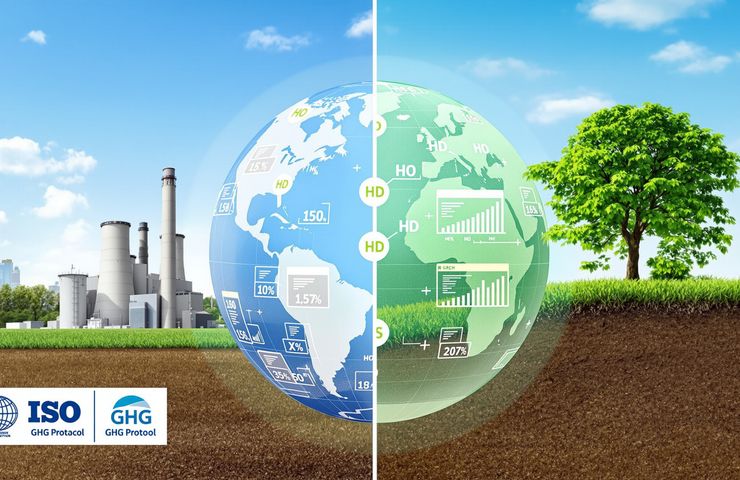
ISO Unveils Global Hydrogen Production Emissions Standard amid Industry–Environment Divide
October 22, 2025In a move that could really shake up how we think about fueling tomorrow, the International Organization for Standardization (ISO) is gearing up to drop its first-ever playbook for tracking greenhouse gas emissions from hydrogen production. Coming down the pike on 09 September 2025, this draft framework (you’ll find it in ISO 19870-1 and ISO 19870-4) arrives just as hydrogen takes center stage in sustainable energy and industrial decarbonization. Instead of smoothing out the wrinkles, though, it’s stirred up plenty of debate—industry insiders want breathing room, while environmental advocates are demanding ironclad limits. Project leads and policymakers alike are waiting to see if this becomes the go-to rulebook around the globe.
A Patchwork of Regional Definitions
So far, “clean hydrogen” has been one of those buzzwords with a dozen different definitions, depending on your backyard. In the European Union, lifecycle emissions are capped at 3.38 kg CO₂e/kg H₂; the UK tightens it to 2.4 kg; and Brazil’s rulebook practically waves you right through at 7 kg. That patchwork makes cross-border trade a nightmare, confuses investors and even gives sneaky projects room to hide their true emissions. If you’ve ever tried to stitch together a deal across regions, you know exactly how wild that ride can be.
Towards a Unified Carbon Accounting Framework
The ISO draft flips the script with a well-to-gate approach—tracking every gram of emissions from feedstock extraction to transport, energy use, purification and carbon capture. It’s not a brand-new concept, but locking down those stages with bulletproof transparency could finally let auditors from Tokyo to Toronto compare apples to apples. And here’s the kicker: the GHG Protocol signed on the dotted line on 09 September 2025 to co-create a single benchmark, chasing away the muddle of conflicting local rules.
US Model and Tax Credits
Stateside, the Department of Energy’s 45VH2-GREET model already sets the bar for the Section 45V clean hydrogen tax credit—scoring carbon intensity for feedstock, processing, logistics, power use and CO₂ sequestration. ISO’s looking to lean into those proven metrics, hoping producers won’t have to juggle two different compliance playbooks when chasing U.S. incentives. The idea is to save time, dodge duplication and unlock benefits more smoothly.
Industry vs Environmental Groups
On one side, industry groups are lobbying for thresholds that don’t kill project economics or scare off investors just as funding ramps up. On the flip side, environmental voices warn that any backdoor leniency is greenwashing, insisting only true green hydrogen deserves the “clean” badge. Their fear? Without rock-solid, verifiable standards, high-emitting hydrogen could sneak in under a veneer of credibility and derail meaningful progress.
Implications for Markets and Policy
Get this right, and a harmonized ISO standard could flip the industry upside down—in a good way. Developers would have a clear line on what’s needed for grants, tax breaks and corporate deals, while banks might shave risk premiums when a single, trusted framework is in play. Governments could zip through trade talks and streamline climate reporting. Of course, if the cut-offs tighten up, producers may have to invest in better carbon capture or swap to cleaner feedstocks, bumping up costs in the short term.
Looking Ahead
The hydrogen economy is sprinting forward, and everyone from startups to oil majors is racing to build out hydrogen infrastructure. Having one carbon accounting playbook is more critical than ever if we want to hit real sustainable energy and industrial decarbonization benchmarks. ISO’s alliance with the GHG Protocol lays the groundwork, but the final thresholds will decide whether this new yardstick drives deep emissions cuts or just reshuffles deck chairs on the climate ship. Buckle up—the world’s about to find out.



 With over 15 years of reporting hydrogen news, we are your premier source for the latest updates and insights in hydrogen and renewable energy.
With over 15 years of reporting hydrogen news, we are your premier source for the latest updates and insights in hydrogen and renewable energy.